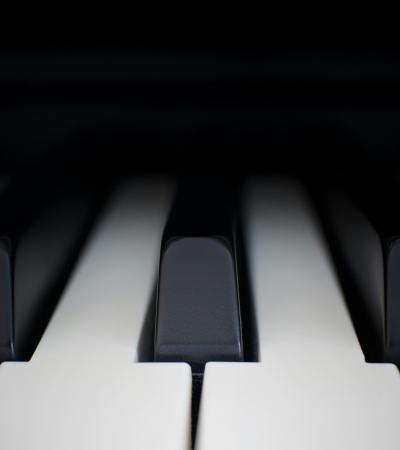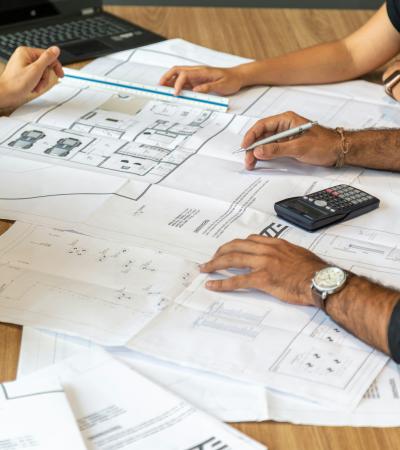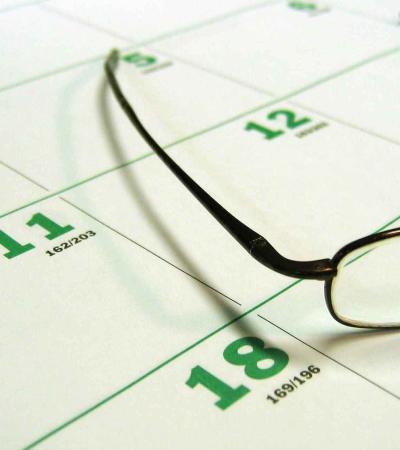What do you do after a library event ends? After the guests have gone away, after the feedback forms have been collected, after the monitors have been shut down, the food carried away, the books re-shelved, and the chairs stacked in the corner ... what's next?
Yes, we need to take a moment to assess whether we achieved our programming objectives. Yes, we need to send thank you notes to our collaborators. Yes, we need to reconcile our expenditures, submit our reports, and share some choice photos on social media. Still, there remains one final task before a library program can be officially re-shelved: we need to archive it.
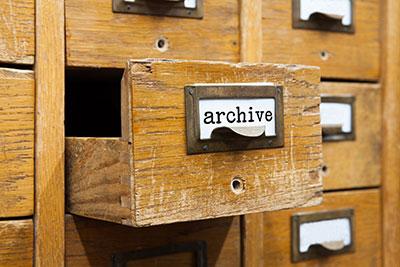
Capturing the details of library events
At the William H. Hannon Library at Loyola Marymount University (LMU), we host or co-sponsor dozens of programs and exhibitions each year. Far too often, we would move on to finalizing the planning for our upcoming events even before the current week's events had begun, the trajectory of today's event having been put into motion months ago. However, for the past three years, we have made a concerted effort to improve the way we capture specific details about library events. We want to preserve the story of LMU Library for future librarians, students and staff in our university archives.
Like many academic institutions, we use bepress to host our institutional repository. Digital Commons @ Loyola Marymount University and Loyola Law School is primarily concerned with "collecting, organizing, preserving, and disseminating faculty and student scholarship and creative works," but it also serves as a digital archive of the university's history. To that end, we have begun utilizing it as place to organize and preserve the programming history of LMU Library. (Working with bepress is not my area of expertise. For that, I am continually grateful to the work of our Digital Initiatives Librarian, Jessea Young. Jessea works directly in and with bepress to set up the ever-increasing number of communities, galleries and series necessary for organizing our content.)
What to preserve?
So what type of content do we preserve? As you can see from our 2015 Events & Exhibits page, we collect event photographs, exhibition materials, promotional objects like fliers and posters, press about library events, and links to externally hosted content (e.g. YouTube videos). Finding the time to collect, organize and upload all this content is difficult. This year, we used what little time we had between the end of final exams and holiday break to organize and upload as much content from the past year as we possibly could.
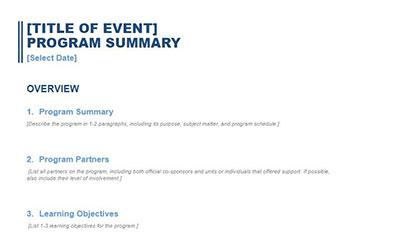
This past year, I developed a template for executive summaries of library programming that I can quickly fill out after the close of an event. This document allows me to collect links to all the materials that we may want to archive in the digital repository. Much of the content lives scattered about in places like Flickr, YouTube, WordPress and Box, so it is helpful to have it all linked from a single document. Moreover, the recent announcement that Storify will be closing its platform in May 2018 has me worried that some of the other services we use to store digital content may not be viable in five or ten years.
Tips for getting started
If you are thinking about preserving the story of your library programming, here are a few things I recommend:
- Decide as early as possible what you want to preserve from an event. If you want photos, make sure you determine what type of photos. If you want promotional materials, make sure the original digital files are stored in an accessible location and format. If you want event summaries, make sure to assign someone to draft those summaries immediately following the event (and before the details of the event are long forgotten).
- Having made decisions for #1, build programming workflows to accommodate those needs. Use templates like the one I've shared above, checklists, Gantt charts or whatever works best for you.
- Set aside enough time at the end of each semester/quarter/year to process and upload all your content. This is essential. Archiving past events will always get "put on the back burner" in place of more urgent library programming needs. If you don't set aside the time to process all this material (I recommend scheduling it on your calendar six to eight months in advance), it will never get done.
Admittedly, it's difficult to set aside time to archive and preserve the programming work of the library, especially since our primary goal is to bring students into the building, provide them with creative and educational experiences, support them, and connect them to our collections. Nonetheless, telling the story of our library and the impact we have on student life is important work, both for ourselves and for the communities we serve.
Author's Note: The work of preserving library programming materials at LMU is the result of many dedicated and created staff. I am especially grateful to Jessea Young, Shilpa Rele, Katherine Donaldson, Ray Andrade, Jamie Hazlitt, and our student employees for the many hours they have spent organizing this repository.

